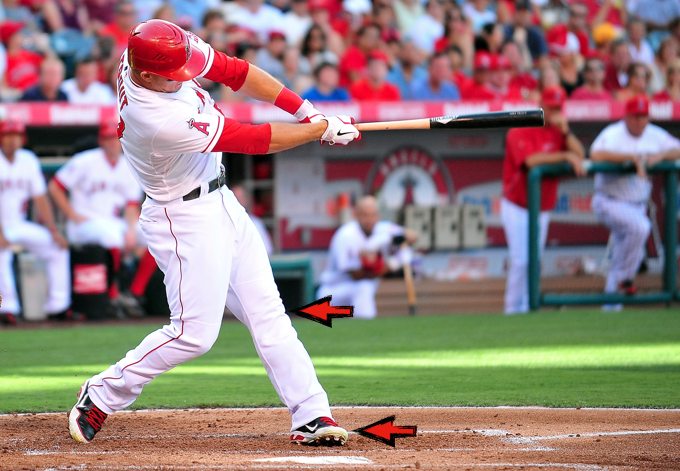Extension adds thrust to the already-built-up power of connected rotation. I use the analogy of a boxer. His ultimate power position is somewhere between the start of extension and fully extended but not too near the beginning and certainly not after full extension has been reached.
Sticking with the boxing analogy, no matter how much lower half and core rotation I initiate, if I just "alligator arm" it (without extension), I have minimal force. On the other hand, if I get fully extended with my punching arm first and then hit, I have little power there either.
True rotational and linear hitting are both false ideas, IMO. There is some degree of rotation and extension in every swing. And as 3and2 said, the very important added benefit of extension is keeping the barrel in the zone longer. This ties into the samurai sword principal with the three warriors representing the different pitch types and angles.
There are exceptions. "Both arms extended" was a teach, at least for some, 40 years ago. I have a player who has this as sort of his goal at contact. His dad played in that era and is his primary instructor. I fought it for a while, largely unsuccessfully. He is an extremely hard worker and makes it work. When timing is precisely on or when he is a hair late, he has good success and with some power. If he is early at all, there are some serious barrel hooks and swing-and-misses.



